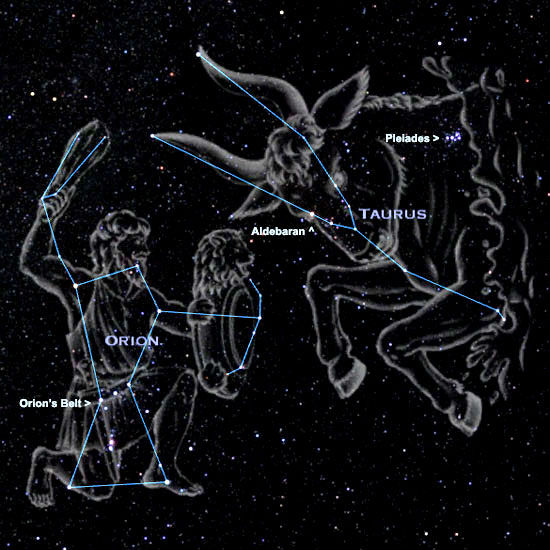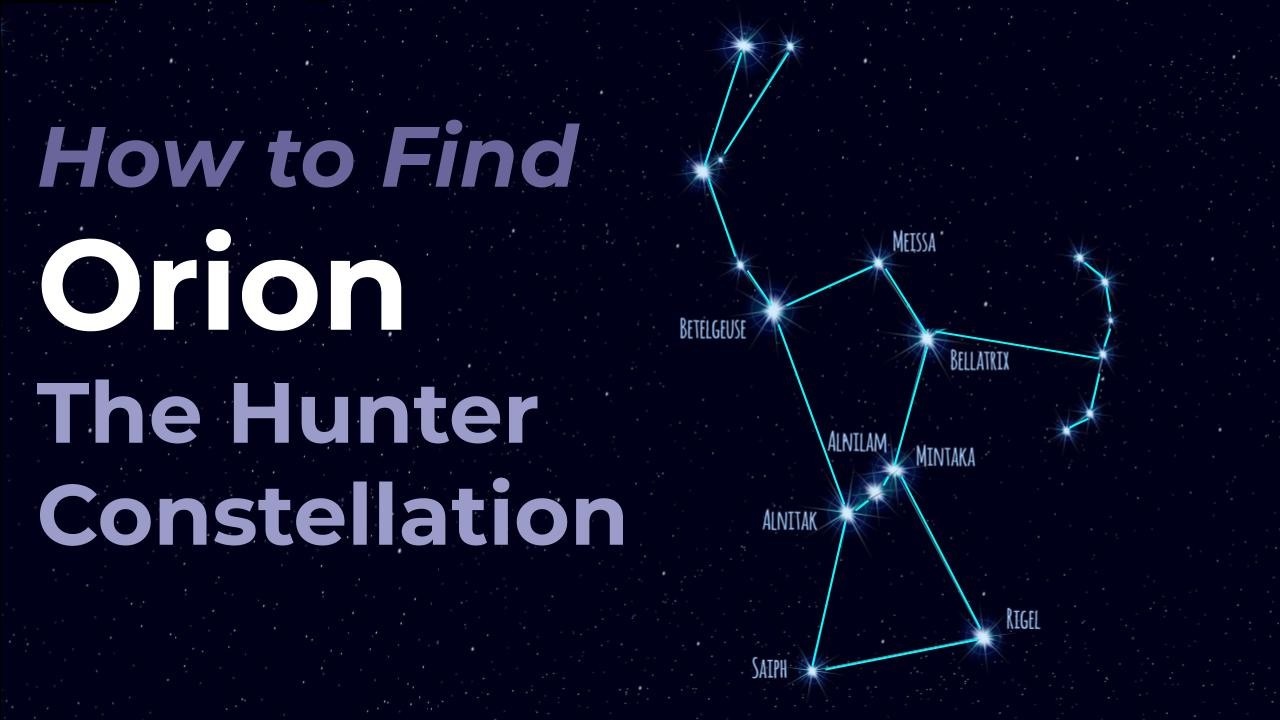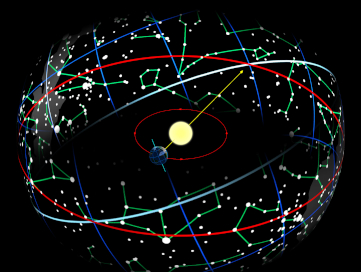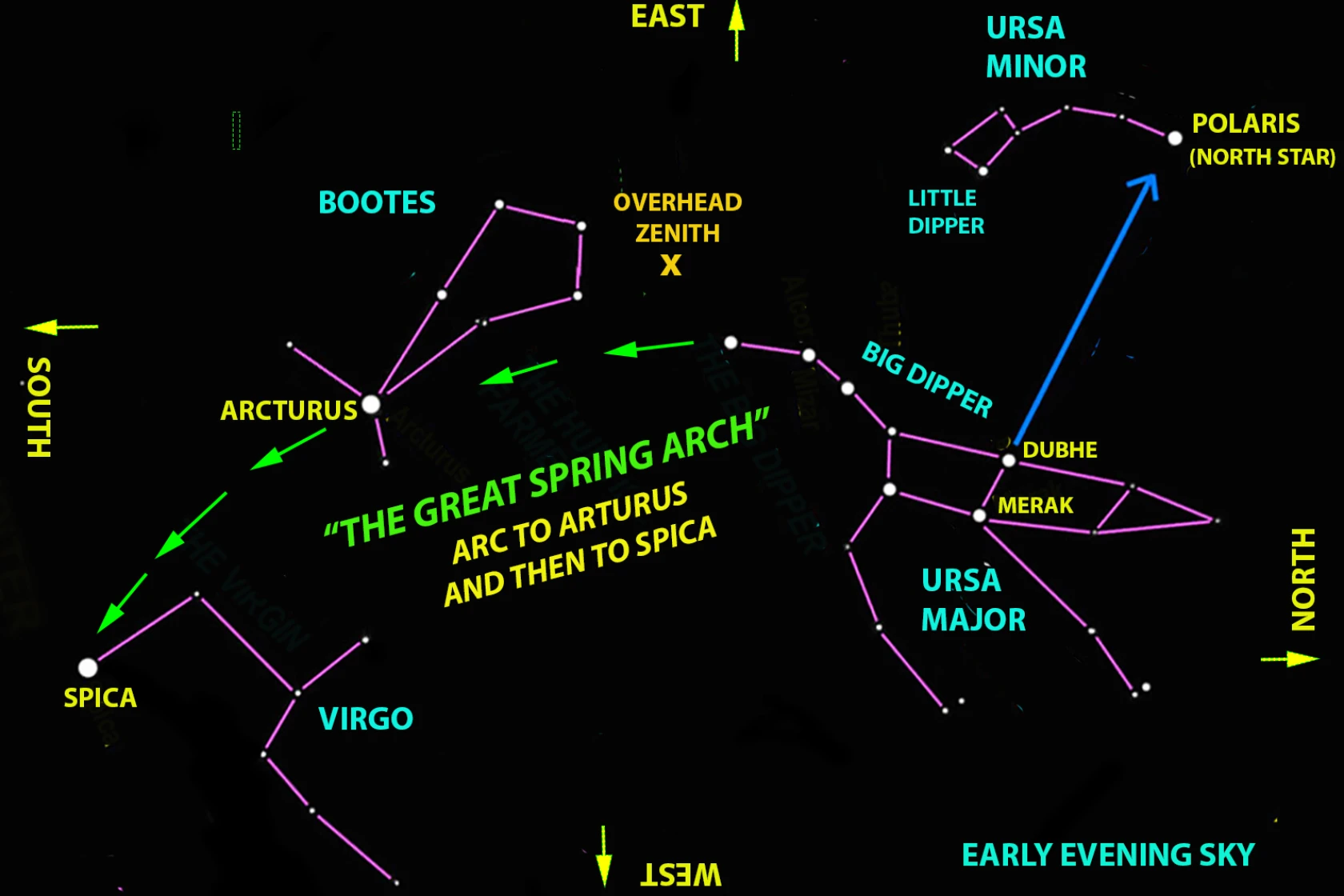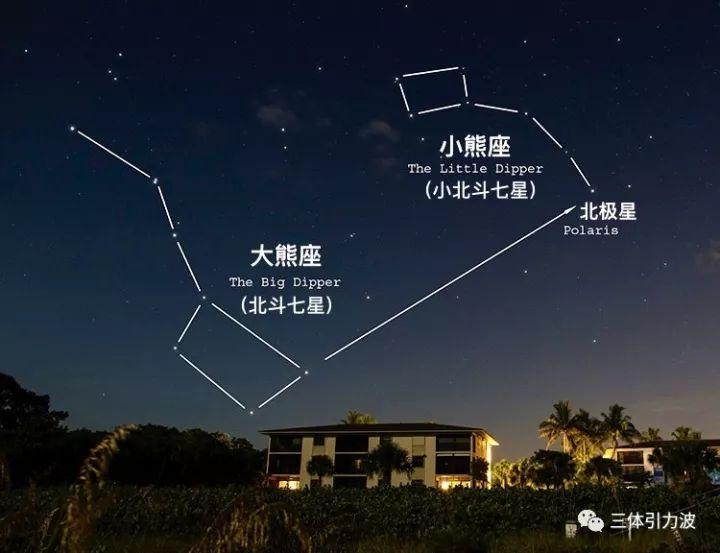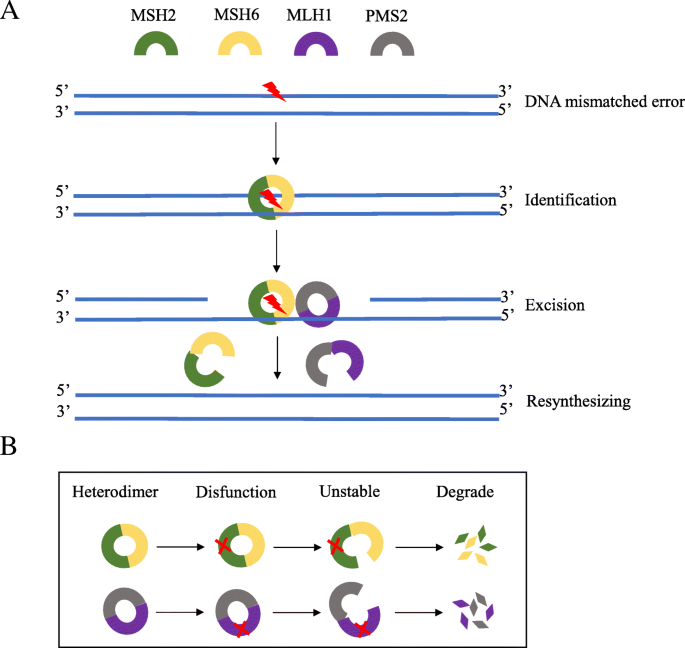Psalm19:1-4
諸天述說 神的榮耀,
穹蒼傳揚祂的作為。
2 天天發出言語,
夜夜傳出知識。
3 沒有話語,沒有言詞,
人也聽不到它們的聲音。
4 它們的(聲音)“準繩”傳遍全地,
它們的言語傳到地極,
Psalm 8:3-4
我 觀 看 袮 指 頭 所 造 的 天 , 並 袮 所 陳 設 的 月 亮 星 宿 ,
4 便 說 : 人 算 甚 麼 , 袮竟 顧 念 他 ? 世 人 算 甚 麼 , 袮 竟 眷 顧 他 ?
“Arc to Arcturus,” as the old stargazer’s saying goes. Because of its closeness to Ursa Major, the Greeks called it the “Guardian of the Bear.” They believed that its power drove the Great Bear across the sky. In fact, Arcturus is the brightest star in the kite-shaped constellation Boötes (boh-OH-teez), the Herdsman. It may seem odd for him and his brightest star to be herding a bear, but there you go. No. Wait. In fact, Boötes may be a different kind of herdsman than a bear herder. Although the ancient poets never make the connection, an older Greek myth may explain the presence of a constellational herder in the sky that sets it apart from its brightest star. Job 38:32 “Canst thou bring forth Mazzaroth in his season? or canst thou guide Arcturus with his sons?” The Book of Job contains references both to a modern view of the universe and an Earth-centric view of the imaginary star shapes that we call constellations. One important set of constellations mentioned in Job is the Mazzaroth. One of God’s challenges to Job, in chapter 38 verse 32, was: “Can you lead forth the Mazzaroth in their season, or can you guide the Bear with its children?” The Mazzaroth is a collection of twelve constellations. Because many of these are supposed to be images of animals, the Mazzaroth is sometimes called the Zodiac. These twelve constellations are arranged almost evenly around the ecliptic, which is that part of the sky where the Sun appears to move and, hence, is actually a tracking of the Earth’s orbit. This is extremely useful because the rising of each of these constellations in turn amounts approximately to a calendar month each, thus defining our division of the year. We are immediately reminded that God said in Genesis 1:14 that the heavens were to be “for signs and for seasons, and for days and years”. This convenience has led to some extending too much significance to the Mazzaroth, assigning them occult meanings in astrology. Reacting against this, some Christians have suggested that the Mazzaroth contains the Gospel message. The truth is much simpler and much more profound; God gave us these constellations for our benefit, and our praise should be directed towards Him. Prayer: We do indeed praise You, Lord God, for Your wonderful provision in our lives. Amen. Author: Paul F. Taylor Ref: Morris, H.M. (2000), The Remarkable Record of Job (Green Forest, AR: Master Books), p. 44. Image: The Ecliptic and the Zodiac, CC BY-SA 3.0 Unported. 註:昴宿星團由九顆不同的恆星組成,其中七顆被親切地稱為七姐妹。所有星星的名字如下: Atlas (the titan who carried the world on his back and father of the seven sisters) Pleione (sea nymph and mother of the seven sisters) Maia Elektra Sterope Alcyone Merope Taygete Celaeno (中國人早在 4000 多年前就知道這個星團,而日本人則稱這些星星為“斯巴魯” Subaru,並以它們的形像作為汽車製造商的徽章。昴宿星團核心的矛盾可以最清楚地看到。 以昴星團為藍本的斯巴魯汽車上的徽章只有六顆星。同樣,如果你仰望夜空,你只會看到星團中的六顆星,而不是七顆。因為一顆星較弱,被稱為七姐妹中的迷失女兒)

